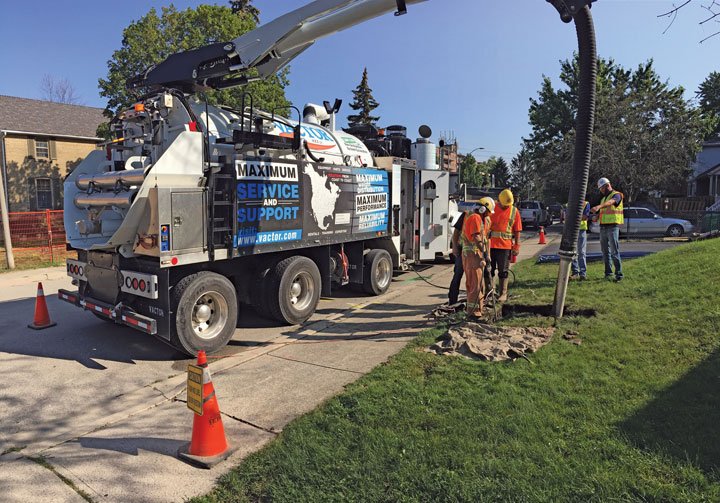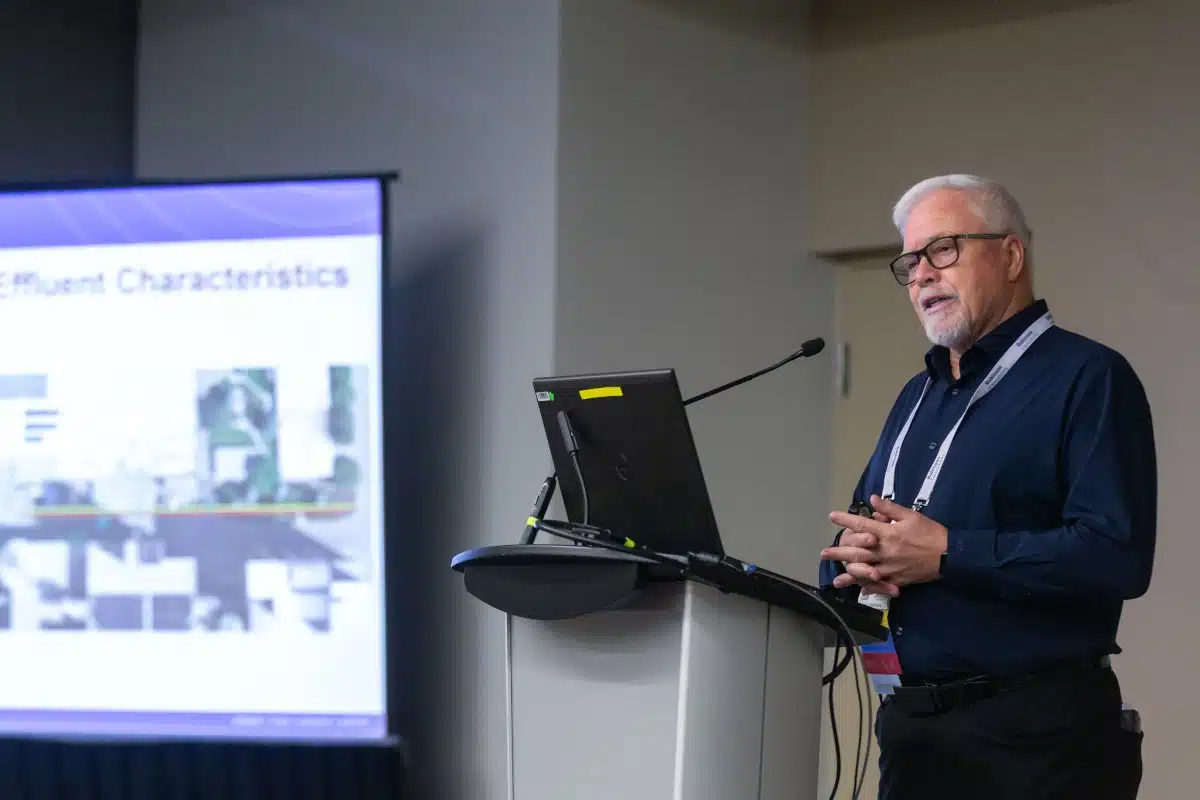
Tech Forum: Why a Smaller Hydrovac Truck Isn’t Necessarily the Best Choice to Maximize Performance
February 21, 2019
The use of hydrovac trucks has become popular in urban areas in Canada, not just in the oil and gas sector. This powerful and efficient equipment has proven to play an important role in allowing for safer excavation where the presence of underground utilities can pose real danger to those digging with mechanical earth moving tools, and to the public.
While this has been great news for hydrovac companies throughout Canada, the increased use of hydrovac trucks in urban areas and their travel on provincial highways, has meant new safety standards and regulations needed to be put in place to mitigate their risk. Joe Johnson Equipment (JJE) was one of the first companies to recognize this important concern (the concern of maximizing productivity while staying safe and weight-compliant) and has been a helpful voice in shaping policy surrounding the hydrovac industry.
RELATED: Vacuum Excavation Market Continues to Evolve as the Industry Looks for Safer Ways to Dig
Ultimately, regulatory changes were instituted in Ontario. Yet these regulations are still widely misunderstood in the industry, and some hydrovac manufacturers are capitalizing on this confusion to market smaller trucks as being productive and “fully weight-compliant.” But smaller doesn’t mean better. Smaller doesn’t even necessarily mean lighter, and it certainly doesn’t mean it is equal in productivity or efficiency. There certainly are applications where compact and mid-size hydrovacs are a good fit but don’t be fooled into thinking it’s the only way.
Factors such as the density of the debris, along with weight distribution means the discussion is much more complicated than ‘smaller is better’. More factors come into play, over and above the size of your debris tank. Specific urban areas may prefer a smaller truck for agility in navigating tight quarters, while other sites can accommodate a larger truck to allow for better productivity while maintaining legal payloads. Different applications, different debris density, different locations, different availabilities of dumping, etc. are all considerations that lead one to conclude that there isn’t a ‘one-size fits all’ solution.
It is absolutely possible to have full-size trucks with full-size performance and still be weight-compliant; it really just boils down to the hydrovac being properly designed to distribute weight to maximize payload and axle efficiency.
Regulatory Changes in Ontario Affecting Hydrovac Trucks
- New hydrovac trucks need to be compliant under the Ontario Highway Traffic Act (HTA) SPIF regulations, regarding axle weights and steering weight distribution
- Vehicles manufactured before Jan. 1, 2017, must simply adhere to the gross vehicle weight limits and gross axle weight limits prescribed by the vehicle manufacturer (and responsible hydrovac operators do this already)
- Companies can purchase a one-time special configuration permit which is based on the weight limits from the vehicle manufacturer. There is a grandfathering period of 15 years from the model year/date of manufacture.
With Hydrovac Trucks, Smart Design is More Important than Tank Size
Since every load of debris, site location and situation is different, it’s overly simplistic to suggest that a smaller truck is the answer to your weight-compliance concerns. There’s no need to compromise productivity to achieve compliance. The answer lies in the manufacturers’ guidelines for safe operation, along with the new regulations if the hydrovac truck is brand new. This means that a smaller debris tank isn’t always a way to achieve compliance. Depending on the material density and site location, it may be more efficient to have the option to carry a bigger load. This means that smart design and proper weight distribution has greater impact than tank size.
RELATED: Providing Solutions: Joe Johnson Equipment Is Committed to Customer, Supplier and Employee Success
What is more important to the hydrovac owner/operator is knowing that his equipment company understands the application and the regulations governing the market they operate within. Be sure to ask the tough questions to ensure that the product you are purchasing will fit the regulations of your operating area, along with the type of job that you typically do.
Patrick McGee is Eastern Canada sales manager-hydrovac sewer and sweeper products at Joe Johnson Equipment, a subsidiary of Federal Signal Corp.





